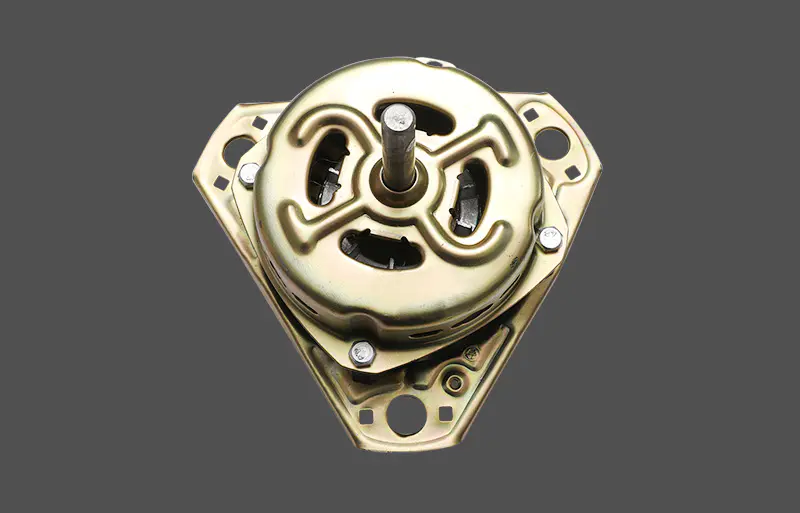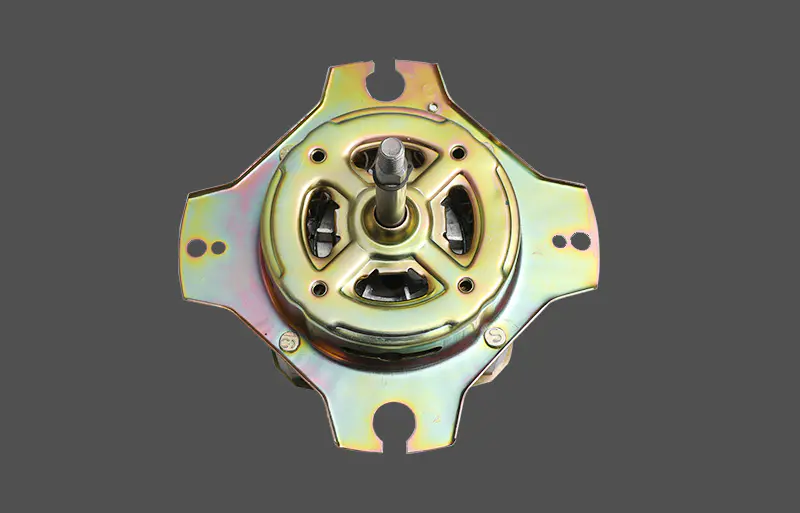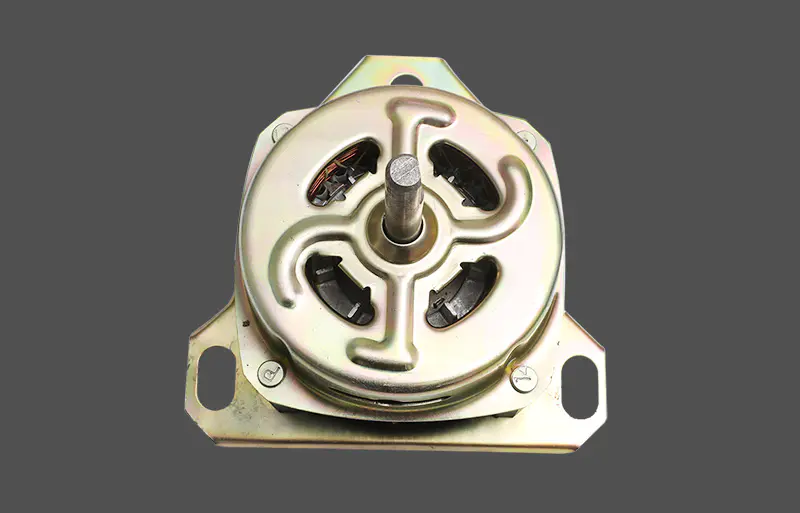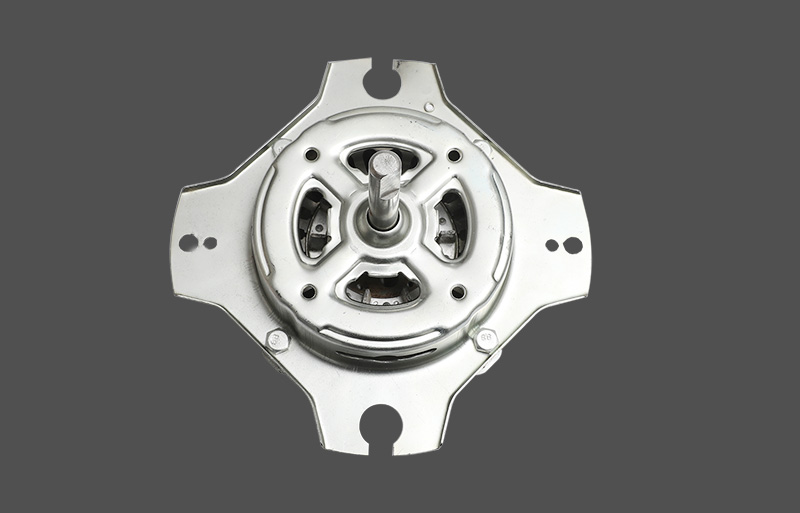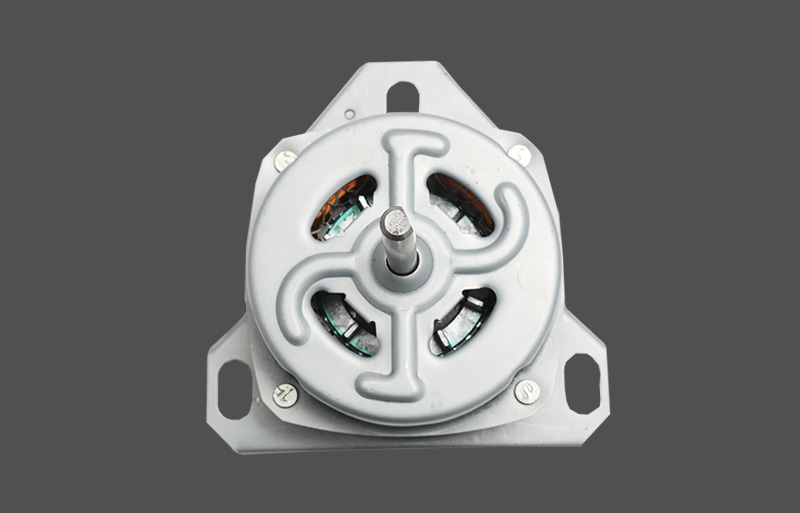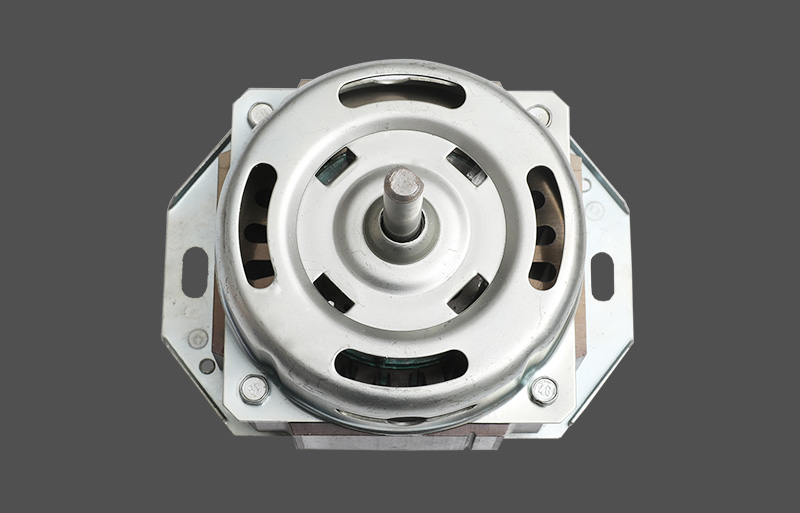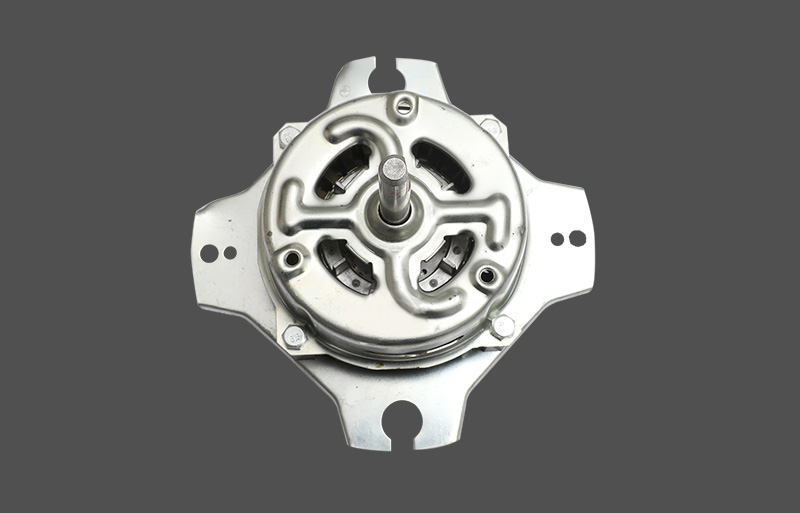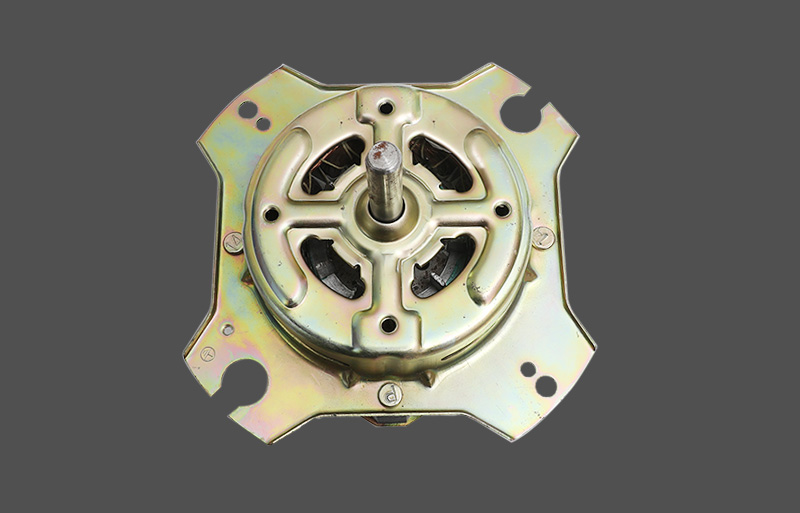The coil design and winding method of wall fan motor is one of the key factors of motor performance, which directly affects the efficiency, power output and stability of the motor. When designing and winding coils, manufacturers need to consider several aspects to ensure that the coil is able to maximize its effectiveness.
The design of the coil has a direct impact on the power output and efficiency of the motor. Designers need to choose the appropriate coil structure based on factors such as the motor's purpose, supply voltage, speed and load requirements. The number of turns and layers of a coil are important parameters in the design, as they determine the coil's resistance, inductance, and magnetic field strength. Through reasonable design, the electrical performance of the coil can be optimized, the resistance can be reduced, and the efficiency can be improved, thereby achieving higher power output.
The way the coil is wound also has a significant impact on motor performance. Winding methods include two common forms: single-layer winding and multi-layer winding. In single-layer winding, all the coil turns are on the same layer, whereas in multi-layer winding, the coil turns are spread over multiple layers. Multilayer windings often increase the fill factor of the coil, making the motor more compact and thus increasing power density. However, it is also important to note that multi-layer windings may cause the resistance of the coil to increase, thus affecting the efficiency of the motor.
The winding method also involves the insulation of the coil. The quality of the insulation layer and good winding process can ensure that the motor will not have electrical short circuit or insulation breakdown problems during operation, improving the reliability and safety of the motor. Manufacturers need to select appropriate insulation materials and ensure the uniformity and tightness of the insulation layer during the winding process.
In addition, the shape and arrangement of the coils are also important factors affecting the performance of the motor. Proper coil shape can optimize magnetic field distribution and improve the efficiency of the motor. The arrangement of the coils includes slot windings and slotless windings, which affect the starting performance and steady-state performance of the motor. Slot windings generally increase the starting torque of the motor, but may increase the inertia of the rotor. Slotless windings can reduce iron losses and improve efficiency.
Finally, manufacturers also need to consider the material of the coil when designing and winding it. High-quality conductive and insulating materials improve the conductivity and durability of the coil. In addition, the material of the coil should also have good thermal conductivity to help dissipate heat and reduce the temperature rise of the motor.




